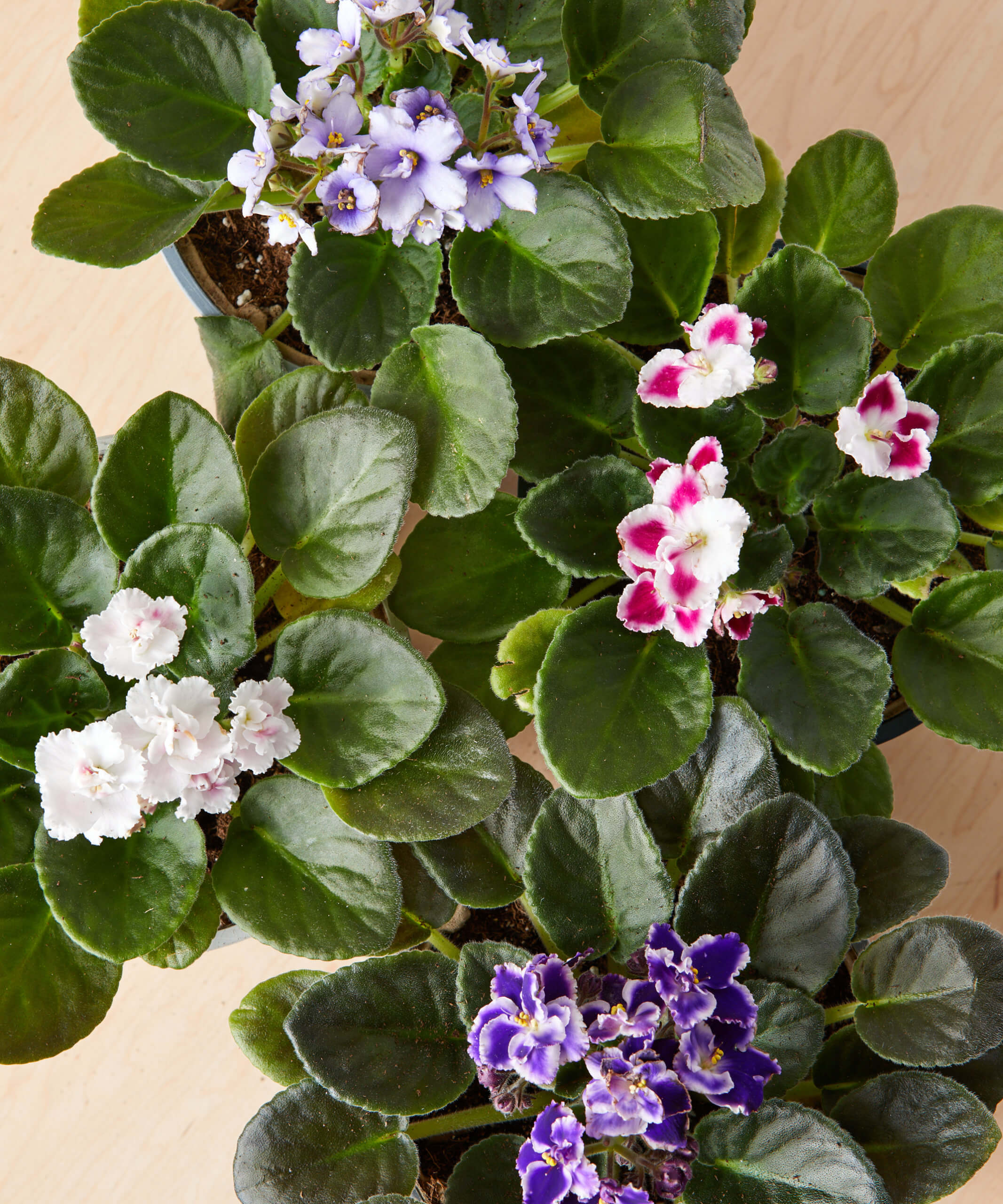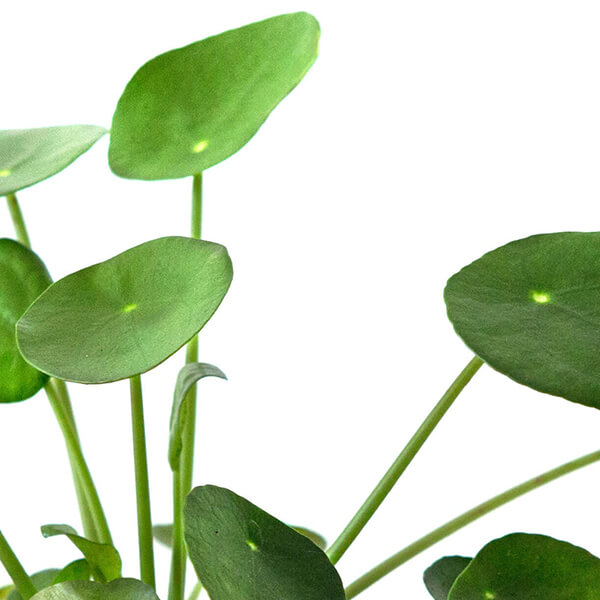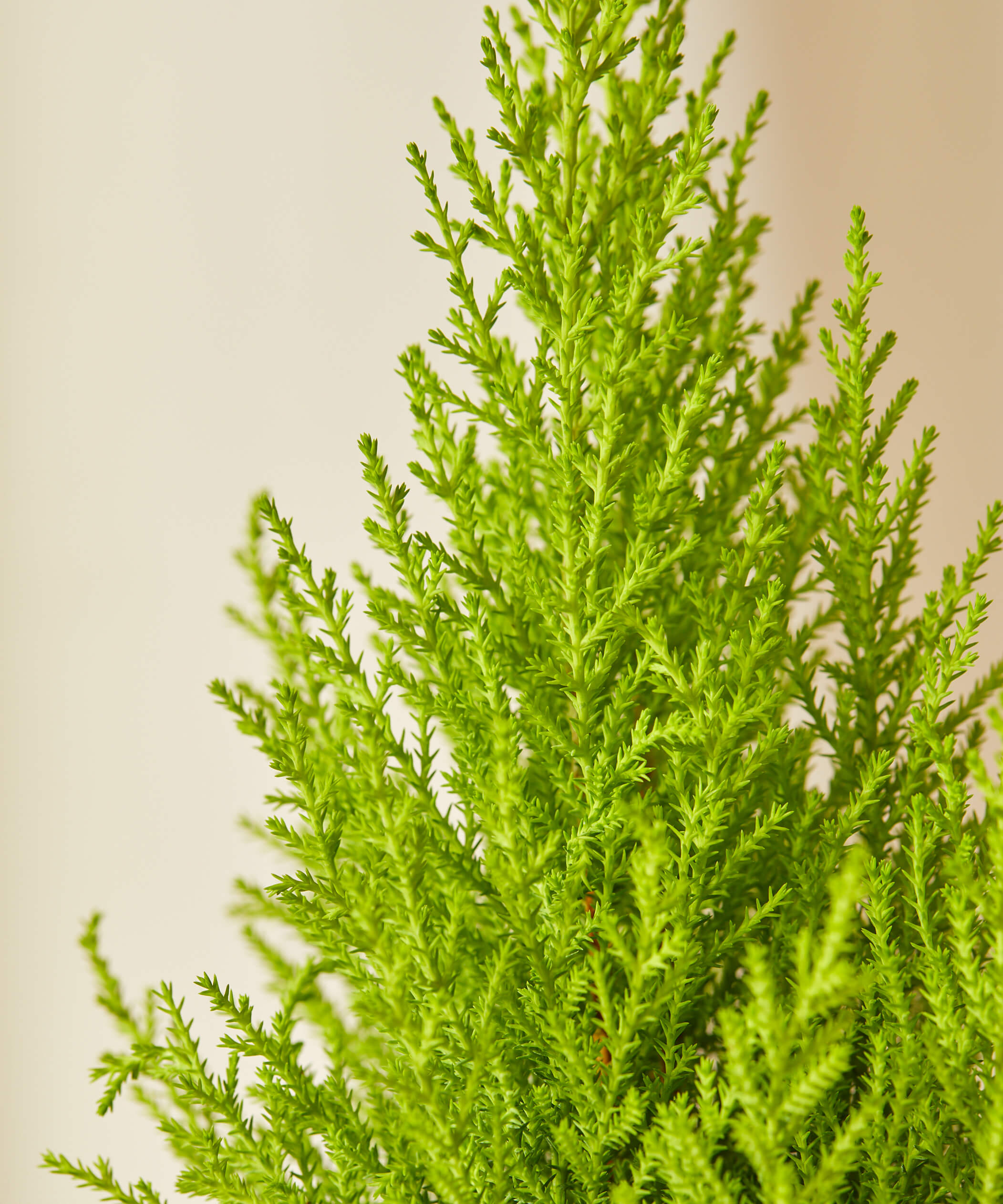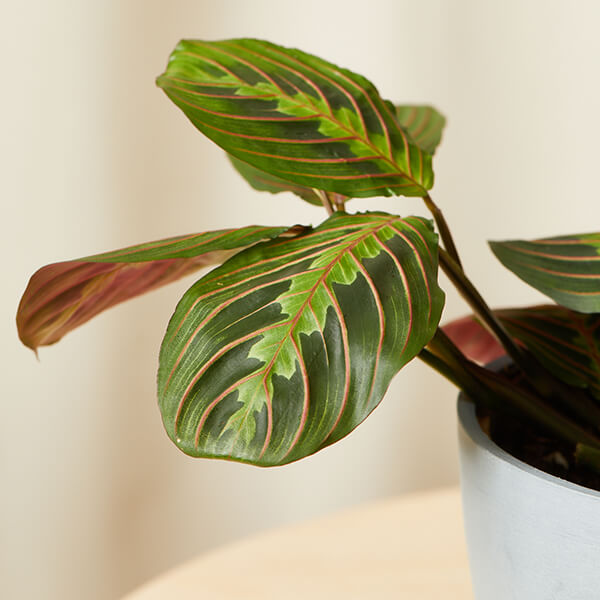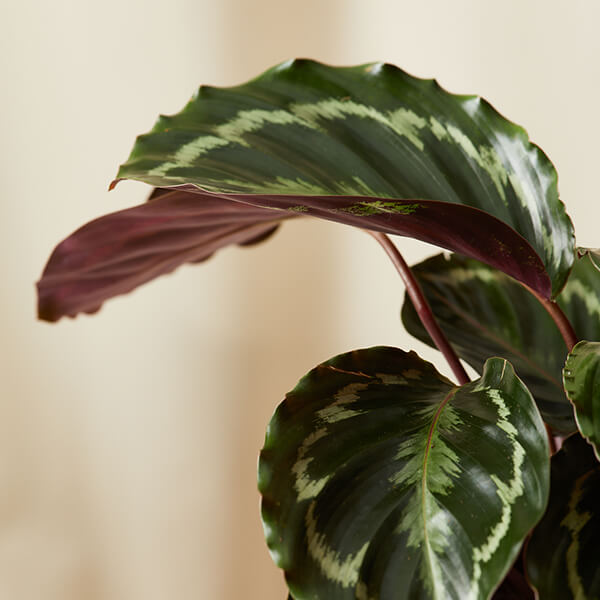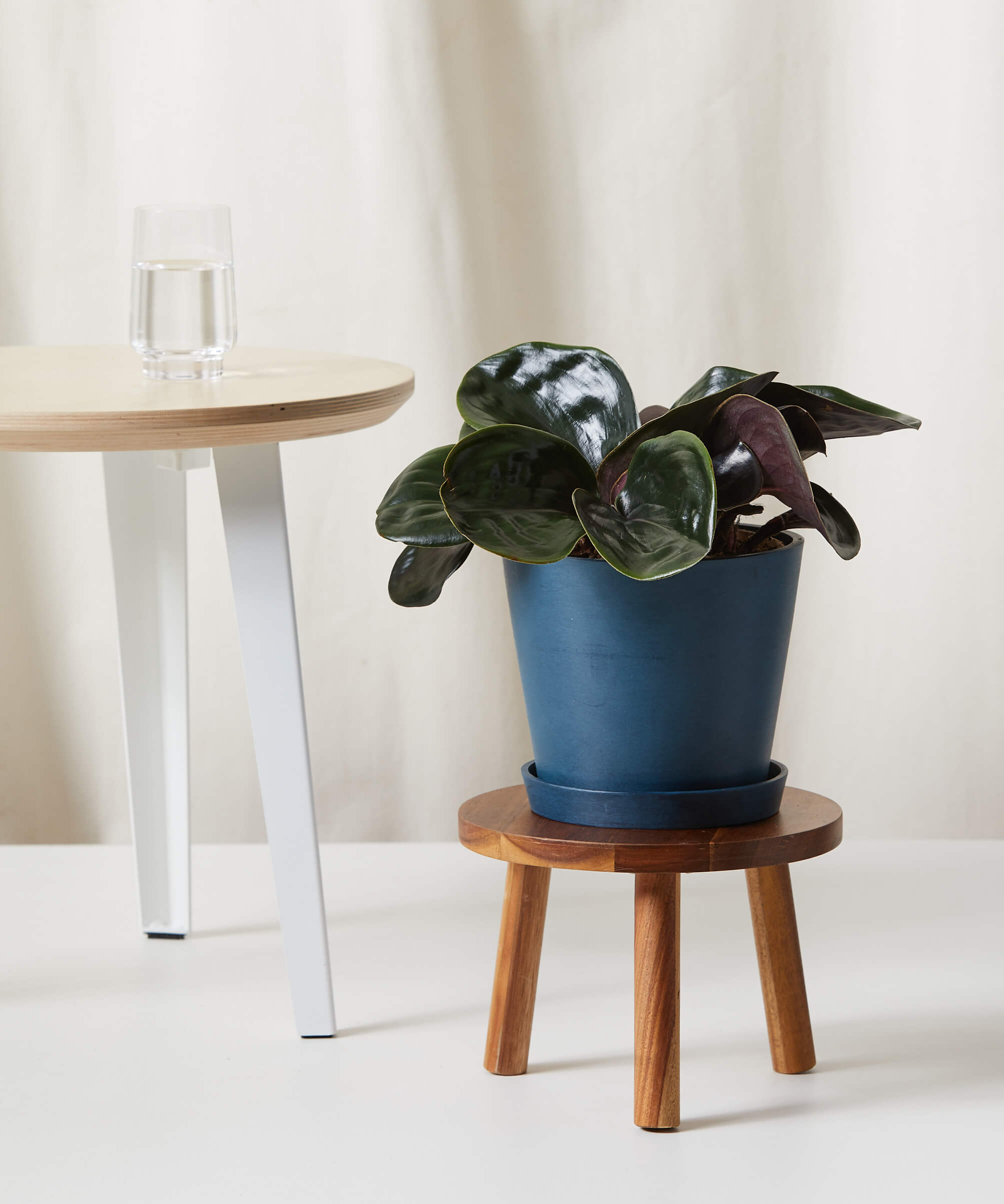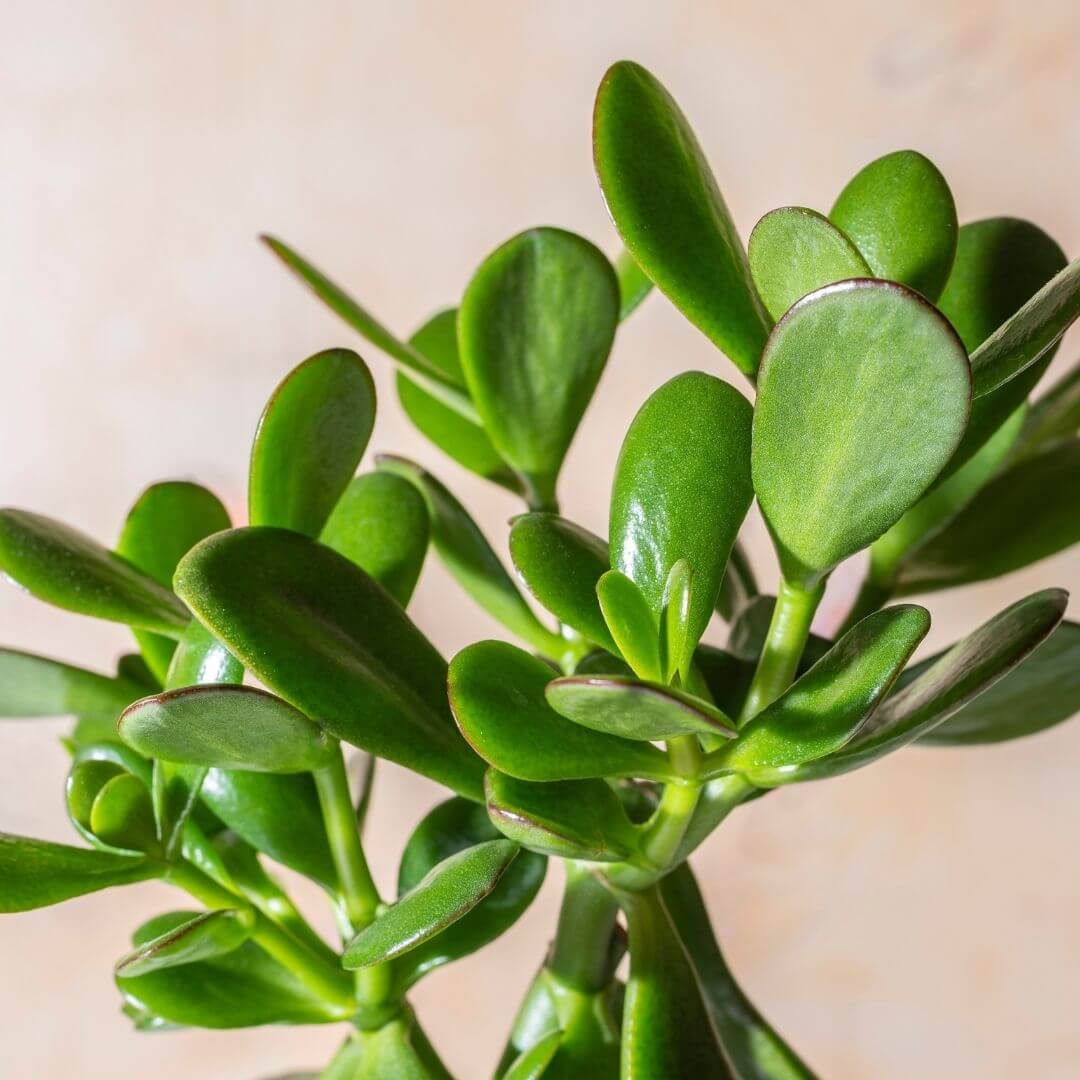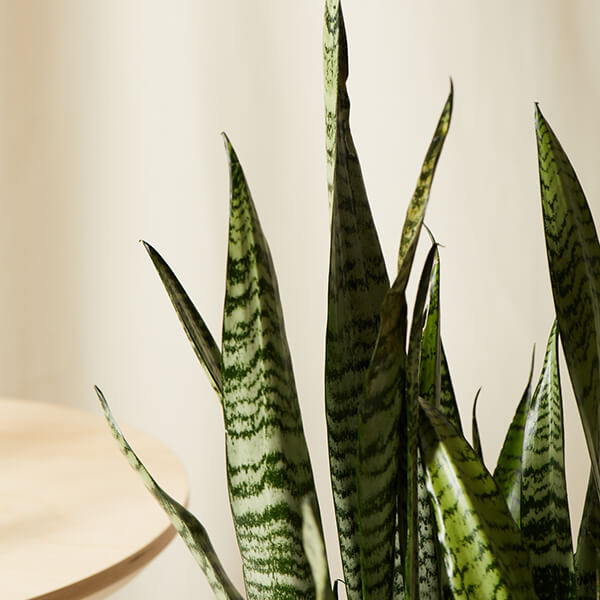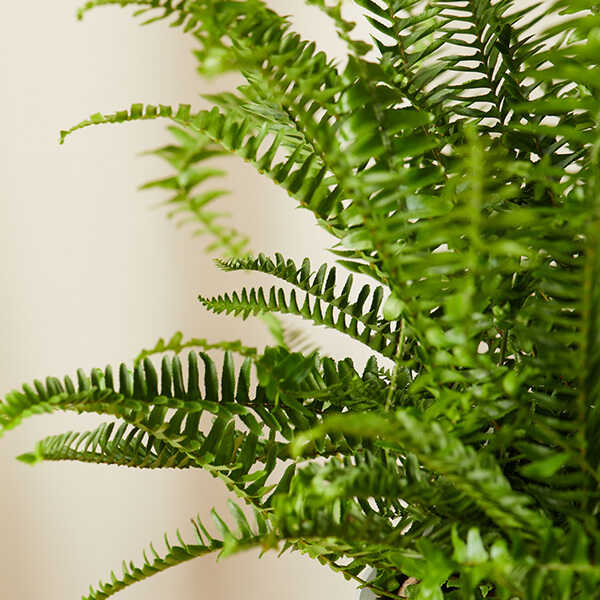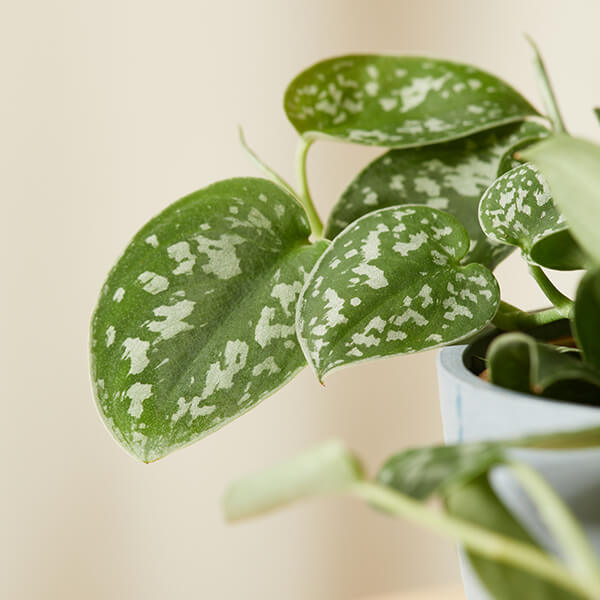Search
119 results found with an empty search
- African Violet | Plantastic
< Back African Violet Light: Your African violet loves bright indirect sunlight. Try and place it somewhere that gets loads of daylight, but not somewhere the sun is directly beating down on it. Near an eastern window or a few feet back from a southern window are ideal spots for this plant. Yellowing leaves and a lack of blooms can mean not enough light, while sunburnt, bleached leaves point to too much light. If you are worried you do not have a spot with enough light, try a Grow Light. Water: Water when the soil volume is 25% dry. This plant likes to be kept moist but does not like to sit in soggy soil. Avoid getting the leaves wet, and the bottom-watering method is recommended. Place your plant in a sink filled with 2-4″ of water. Leave the plant to soak for up to 45 minutes. Test the top of the soil for moisture. If it still feels dry water a little from the top. When your plant’s soil is evenly damp, drain the sink/tub and allow the plant to rest while it drains thoroughly. Pet-Safe: Both the flowers and the leaves of an African violet are non-toxic to cats and dogs. Previous Next
- Pilea | Plantastic
< Back Pilea Light: Your Pilea prefers bright, indirect light. Direct sun may burn the leaves. In order to prevent your Pilea from growing lopsided, rotate it at least 2-3 times a week since it grows towards the sun. This plant can adapt to lower light areas, but the leaves will turn a darker green and the plant will spread out more. Water: Water your Pilea when the top 75% of the soil is dry. Water until liquid flows through the drainage hole at the bottom of the pot and discard any water that has accumulated in the saucer. Pet-Safe: Pilea are generally non-toxic for humans and pets. However, when ingested in very large quantities, they can cause a mild digestive reaction. Previous Next
- Conifer | Plantastic
< Back Conifer Light: Your Conifer prefers bright indirect light to direct sunlight. It will not do well in medium or low light environments. Water: Water your Conifer when 50% of the soil volume is dry. Water until liquid flows through the drainage hole at the bottom of the pot and discard any water that has accumulated in the saucer. Pet-Safe: This plant is considered to be toxic to pets and humans if ingested. Previous Next
- Prayer Plant | Plantastic
< Back Prayer Plant Light: Your Prayer Plant prefers bright, indirect light. Direct sun can cause the leaves to fade and scorch. Water: Water when the soil volume is 25% dry. Water until liquid flows through the drainage hole and discard any that accumulates in the saucer. Pet-Safe: This plant is considered non-toxic and pet-friendly. Previous Next
- Calathea | Plantastic
< Back Calathea Light: Your Calathea prefers medium to bright indirect light—so placing it in front of an east, west, or north window is ideal. Direct sun burns the leaves and causes the beautiful leaf colors to fade. Water: Water your Calathea when the top 25% of soil is dry. Water until liquid flows through the drainage hole at the bottom of the pot and discard any water that has accumulated in the saucer. Pet-Safe: Your Calathea is non-toxic to cats, dogs, and humans. Previous Next
- Geo Plant | Plantastic
< Back Geo Plant Light: Your Geo Plant prefers bright indirect light. Avoid extended exposure to direct sunlight which may cause its leaves to scorch. Water: Water when 25-50% of the soil volume is dry. Water slowly, allowing it to soak into the soil until it drips out of the drainage hole. Discard any excess water that accumulates in the saucer. Pet-Safe: This plant is considered non-toxic and pet-friendly. Previous Next
- Jade Plant | Plantastic
< Back Jade Plant Light: Give your Jade plant indirect to bright light. Too little light can cause overwatering and slow growth. Water: Your Jade Plant does not need to be watered as frequently as most indoor plants. Water only when the soil is completely dry. Water thoroughly until you see water flow out of the drainage hole. Make sure there is no standing water left in the saucer, as this can lead to root rot. Pet-Safe: Your Jade Plant is considered to be toxic. Previous Next
- Sansevieria | Plantastic
< Back Sansevieria Light: Your Snake Plant can tolerate any light level. The brighter the light, the faster it will grow. Always acclimate the plant over a few weeks if moving from indirect to direct light to avoid scorching the foliage. Water: Water only when the soil volume is 100% dry. It’s better to err on the dry side. Water thoroughly to encourage a healthy root system and discard any excess water in the saucer. Pet-Safe: Snake Plants are toxic to humans and pets if ingested. Previous Next
- Fern | Plantastic
< Back Fern Light: Your fern will do best in medium to low light. The more light it receives, the more the leaves will crinkle and the less light, the flatter the leaves will be. Keep in mind, too much light or extended periods of direct sunlight will cause the fronds on the fern to get a pale bleached color. Water: Water when the top 25% of the soil is dry. When watering, water only the soil – not the leaves. Water accumulating in the crown of your plant could lead to bacterial growth and potential leaf rot. Water until liquid flows through the drainage hole at the bottom of the pot and discard any water that has accumulated in the saucer. Pet-Safe: Ferns are non-poisonous plants and safe for humans, dogs and cats. Previous Next
- Pothos | Plantastic
< Back Pothos Light: Your Pothos prefers indirect bright light. It can tolerate lower light, but growth will slow and the colors may fade. Direct light can scorch the leaves. Water: Water when 50-75% of the soil volume is dry. Water until liquid flows through the drainage hole at the bottom of the pot and discard any water that has accumulated in the saucer. Pet-Safe: Your Pothos is considered toxic to humans and pets if ingested. Previous Next
